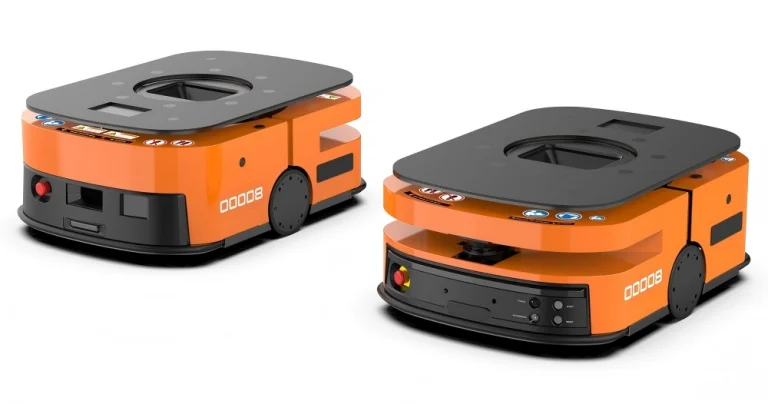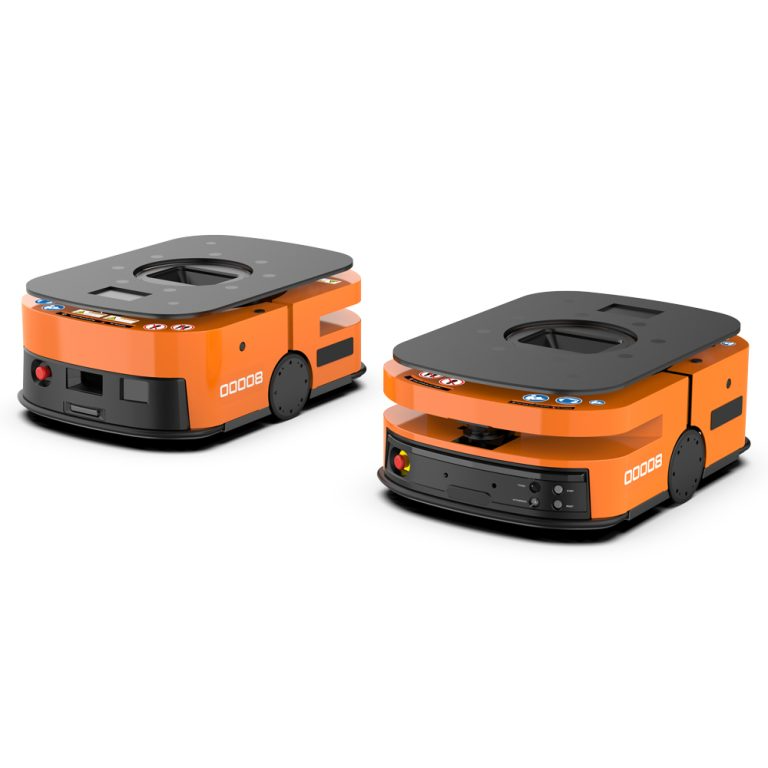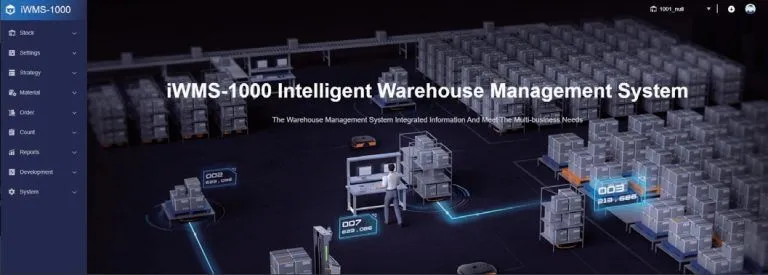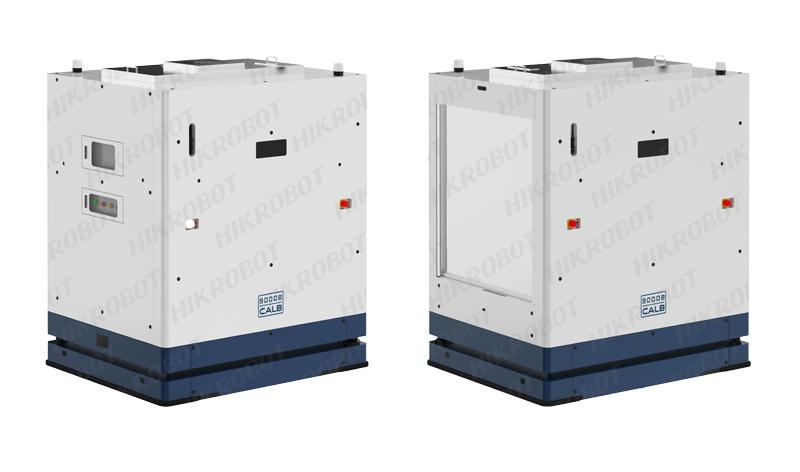
Hey there, if you’re knee-deep in the world of manufacturing or logistics, you’ve probably noticed how everyone’s talking about going green these days. It’s not just a buzzword—it’s a necessity. Factories and warehouses face real pressure to trim emissions. They need to save energy too. And all that while keeping things running smoothly. That’s where conveyor mobile robots (CMRs) come in. These handy machines aren’t only about speeding up operations. They’re a clever, earth-friendly option for automation. In this post, we’ll dig into why CMRs shine as a green advantage. They mix efficiency with sustainability in a smart way. Stick around. You might just find some fresh ideas to shake up your setup.
What Are Conveyor Mobile Robots Anyway?
Let’s start with the basics. Conveyor mobile robots are self-driving vehicles built to cart goods around warehouses or factories. No human driver needed. Picture a tough cart on wheels. It’s fitted with rollers that smoothly shift boxes or pallets from one spot to the next. They find their way using lasers, barcodes, or SLAM technology. That’s Simultaneous Localization and Mapping, for folks not deep in the field.
Take a standard CMR. It can manage loads from 120 kg up to 1000 kg. It zips along at speeds near 1200 mm/s when empty. The rotation diameter differs. Say 1218 mm for a middle-of-the-road model. That lets them turn in cramped areas. Safety stuff? They’ve got lasers up front and in back. Plus emergency stops. And even sound alarms to dodge accidents. Battery life lasts 6-8 hours. Charges take under 2 hours. No more forklifts sitting idle and burning fuel.
But here’s a little side note. I once toured a busy e-commerce warehouse. These robots were buzzing around like worker bees. It looked wild at first. But everything clicked just right—no bumps, no hold-ups. It reminded me of those classic sci-fi flicks where robots run the show. Except this was actual life. And way less over-the-top.
The Eco-Friendly Side of Automation
Now, let’s get to the green part. Old-school warehouses lean on people-driven gear. That often means gas-guzzling forklifts belching smoke. Or conveyor belts humming non-stop, wasting power. CMRs change all that. They’re battery-run. That alone shrinks carbon footprints big time. Just think. You could drop energy use by as much as 30%. That’s from reports on setups like these.
Reducing Waste and Emissions
One major plus is cutting waste. CMRs move with spot-on precision. They cut down on slip-ups like dropped stuff or wrong spots. That leads to less busted goods. In a food processing spot, for example, it means fewer spoiled items hitting the dump. They also plot the best paths. So they’re not roaming without purpose. That saves battery. And it trims total power pull.
Consider the build materials too. Lots of CMRs use parts you can recycle. Their smart design means fewer swaps over years. Less trash from making new ones. On top of that, they link up with warehouse management systems. They keep tabs on stock right away. That stops overbuying. You know that pile-up of extra goods? It just sits there. Collects dust. Ties up cash and room for no good reason.
Energy Efficiency in Action
Numbers prove it. In a retail shipping hub, rolling out CMRs tripled output. Energy bills fell by 20%. How? Auto sorting and hauling mean lights and air systems don’t run extra long for overtime crews. It’s like making your warehouse a slim, sharp, earth-smart setup.
And yeah, the racket factor— these bots are hushed next to clunky old belts. Workers dig that. Happier folks mean steadier work. Though that’s a tad off the main track. Still, it all ties together somehow.
Boosting Efficiency Without Harming the Planet
Efficiency and green living don’t clash here. CMRs push picking accuracy past 99%. Fewer goofs. Fewer comebacks. Delivery times? They can trim days off. Sometimes 30 or more. By smoothing out the flow.
Real-World Scenarios
Let’s sketch a scene. In the car-making world, parts must hit lines right on cue. CMRs dock tight—within ±10 mm. They feed assembly without snags. No more staff twiddling thumbs for supplies. That nixes energy-chewing pauses.
Or picture e-commerce pros tackling holiday crushes. CMRs with twin rollers grab several packages in one go. They boost room use via tall storage tie-ins. Ground area shrinks. But holding power swells— that’s wise land play.
Here’s a fast look at perks in a table:
| Aspect | Traditional Setup | With CMRs |
| Energy Use | High (constant machinery) | Lower (on-demand operation) |
| Error Rate | Up to 5% manual mistakes | Under 1% with precise navigation |
| Throughput | Baseline | Up to 3x increase |
| Space Efficiency | Horizontal sprawl | Vertical maximization |
Quick hits in bullets:
- Faster Charging:Under 2 hours keeps things moving.
- Bi-Directional Movement:Slips past blocks with ease.
- Scalability:Toss in more bots when needs jump. No big rebuilds.
I’ve talked with site bosses who’ve flipped the switch. They rave about the lighter load on crews. Staff move to watch-and-plan gigs. Not back-breaking hauls. Wins for folks and earth alike.
To really drive home how these machines fit into everyday workflows, let’s break it down further. In a typical shift, a CMR might start its day by grabbing incoming pallets from the dock. It rolls them to a sorting station without a single detour. Then, it shuttles sorted items to shelves or packing lines. All while dodging foot traffic and other gear. No sweat. The key? Built-in sensors that map the space on the fly. They adjust paths in seconds if a box falls or a worker steps in the way.
I’ve seen this play out in a mid-sized 3C manufacturing plant. Components like circuit boards—tiny and fragile—get ferried without a nick. Before CMRs, handlers would juggle trays, risking static damage or drops. Now? Robots handle it. Error rates plummeted. And the energy savings? They freed up budget for LED upgrades elsewhere. Small tweaks like that add up. They make the whole operation feel lighter on its feet.
Another angle: noise and air quality inside. Traditional setups hum with forklift beeps and exhaust fumes. CMRs? They glide quiet. Fresh air stays fresher. Workers breathe easier. Over time, that cuts sick days. Ties back to sustainability in a sneaky way—healthier teams mean less turnover. Less training waste.
Applications Across Industries
CMRs don’t play favorites. They excel in all sorts of fields. In 3C manufacturing—that’s computers, comms, and consumer gadgets—they tote delicate bits without harm. Retail outfits use them to rack shelves after hours. Food and pharma? They meet tough clean rules easy. Less human touch means fewer germ risks.
Energy pros deploy them for hefty hauls in power sites. E-commerce leans on them for speedy packing. Each field tweaks the gear: light bots for fast grabs, beefy ones for bulk jobs.
Take a pharma stockroom case. They hooked CMRs to ASRS—Automated Storage and Retrieval Systems. Storage squeeze jumped 50%. Less ground means tinier builds. Fewer build materials overall. It’s those knock-on perks that sell the green edge hard.
Oh, and remember that panel I hit last year? Experts hashed out automation’s road ahead. One skeptic called it fluff. But the stats shut him down—tools like this are sticking around. For good reason.
Diving deeper into pharma, say you’re dealing with temp-sensitive meds. CMRs can link to climate-controlled zones. They move vials straight from cool storage to lines. No warming up en route. That saves on refrigeration power. And cuts spoilage by half in some spots. Real talk from a logistics vet I know: “We used to lose batches to delays. Now? It’s clockwork.” Simple fix. Big payoff.
In automotive, it’s about flow. Engines don’t wait. CMRs sync with production signals. They drop parts at stations bang on time. Downtime? Slashed. Energy for backup generators? Not needed. One plant I read about hit 99.5% uptime. That’s gold in a world of tight deadlines.
Retail’s no slouch either. During peak sales, bots sort returns overnight. They flag damaged goods early. Less landfill fodder. And for e-commerce, imagine Black Friday chaos. CMRs juggle thousands of orders. They stack bins vertically. Floor space for humans grows. It’s like giving your team room to think, not just hustle.
Energy sector’s rugged. Heavy batteries or panels get shuttled safely. No slips. Robots with 1000kg ratings handle it. They navigate uneven floors too. One solar farm crew shared how they cut transport time by 40%. Less fuel for backup trucks. Cleaner sites all around.
These stories aren’t rare. They’re the norm when you plug in the right tech. Makes you wonder—why wait?
Discover Wesar Intelligence: Your Partner in Sustainable Automation
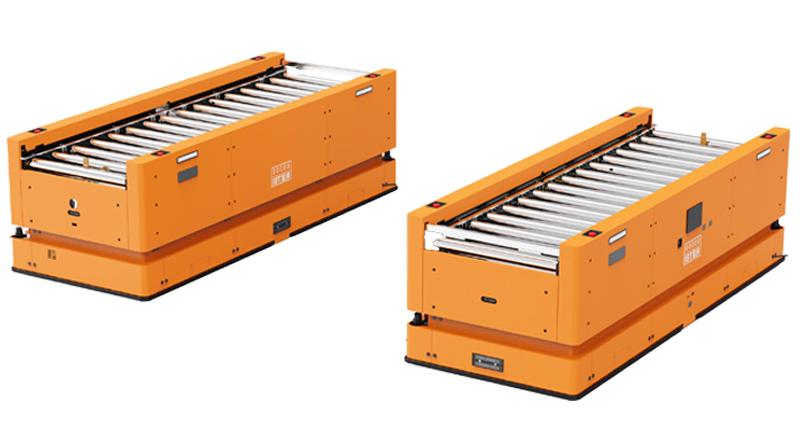
If you’re sold on the idea, meet Wesar Intelligence Co., Ltd. They’re a top supplier of conveyor mobile robots. They offer everything from AGV robots to full warehouse management systems. Based in China, Wesar zeros in on custom fixes for smart factories. That covers advice, software, and hardware. Their range includes models like the CU1-400C (400kg load), CU2-120L (120kg), and CU1-1000L (1000kg). All crafted for tight work and earth thrift. With seasoned crews on installs and fixes, they guide businesses in retail, cars, and beyond to green up. No fuss. Swing by their site for how they shape setups to fit you.
To flesh this out a bit, Wesar’s not just about selling boxes. They start with site audits. Map your flows. Spot bottlenecks. Then craft a plan. Say your warehouse bottlenecks at picking. They might suggest a mix: light CMRs for small items, heavies for pallets. Software ties it all. Real-time dashboards show where things slow. Adjust on the fly.
Their team’s got decades in the game. From e-commerce booms to pharma regs. They know the drill. Post-install? Engineers stick around. Tweak as you grow. One client—a growing retailer—started small. Added bots yearly. Now they’re at triple volume. Green goals met. Costs down 25%. It’s that hands-on vibe that sets them apart. No cookie-cutter stuff. Just solid partnerships.
And sustainability? Baked in. Their bots use regen braking. recapture energy on stops. Batteries last longer. Fewer swaps mean less e-waste. They even advise on solar tie-ins for charging. Forward-thinking. Makes the switch feel less like a leap. More like a step.
Conclusion
Wrapping this up, the green advantage of conveyor mobile robots isn’t just talk—it’s a practical shift toward eco-friendly automation. By cutting emissions, waste, and costs while ramping up efficiency, CMRs prove that sustainability and productivity can go hand in hand. If your operation’s eyeing a greener path, these robots might be the ticket. It’s about building a future where factories thrive without trashing the environment. What do you think—ready to make the leap?
FAQs
What makes conveyor mobile robots an eco-friendly automation choice?
Conveyor mobile robots stand out as an eco-friendly automation choice because they run on efficient batteries, reduce waste through precise handling, and lower overall energy consumption compared to traditional machinery. In warehouses, this means fewer emissions and smarter resource use, aligning with green manufacturing goals.
How do conveyor mobile robots provide a green advantage in daily operations?
The green advantage comes from their ability to optimize routes and minimize idle time, slashing power needs by up to 30%. Plus, they integrate with systems for real-time inventory, cutting overstock and waste—perfect for industries like e-commerce where speed meets sustainability.
Are conveyor mobile robots suitable for small businesses looking for an eco-friendly automation choice?
Absolutely, even smaller setups can benefit. Models with lighter loads, like 120kg versions, scale easily without huge investments. The green advantage? Quick ROI through energy savings and reduced errors, making them a smart, eco-friendly pick for growing operations.
Can conveyor mobile robots improve picking accuracy while maintaining their green advantage?
Yes, they boost picking accuracy to over 99%, reducing mistakes that lead to waste. This ties into their eco-friendly automation choice by ensuring materials aren’t damaged or misplaced, preserving resources and keeping your carbon footprint low.
What’s the typical battery life for conveyor mobile robots, and how does it support their eco-friendly nature?
Most run 6-8 hours on a charge that takes under 2 hours. This efficiency supports the green advantage by minimizing energy use and downtime, unlike fuel-based alternatives that pollute more.


